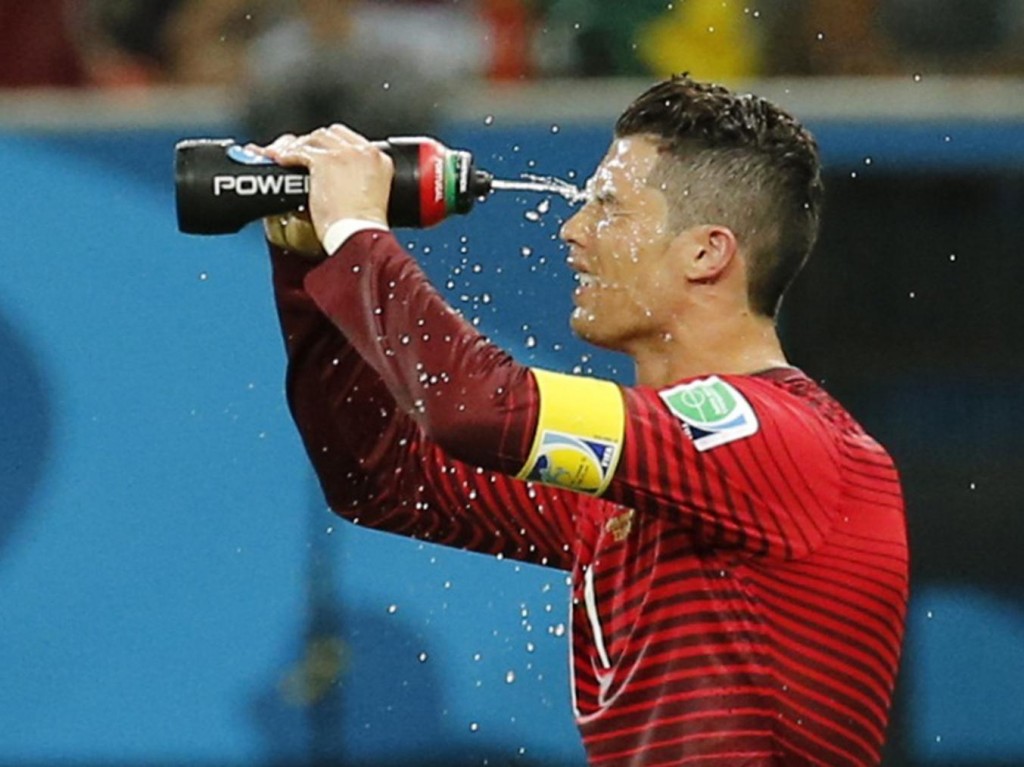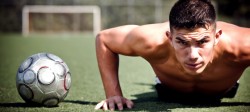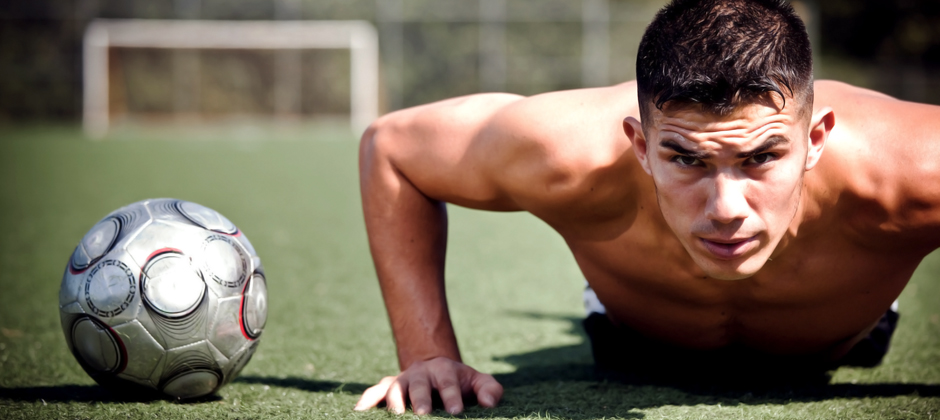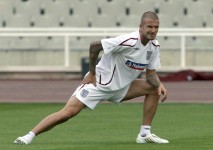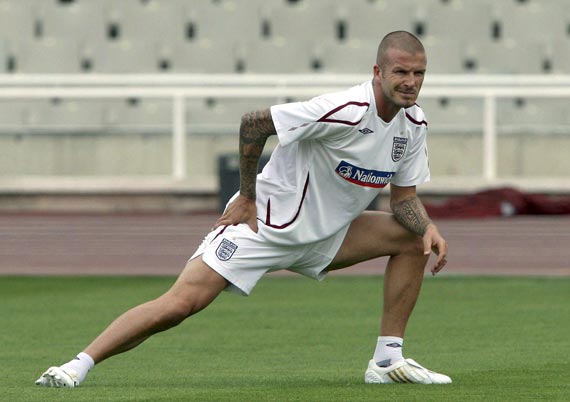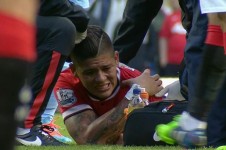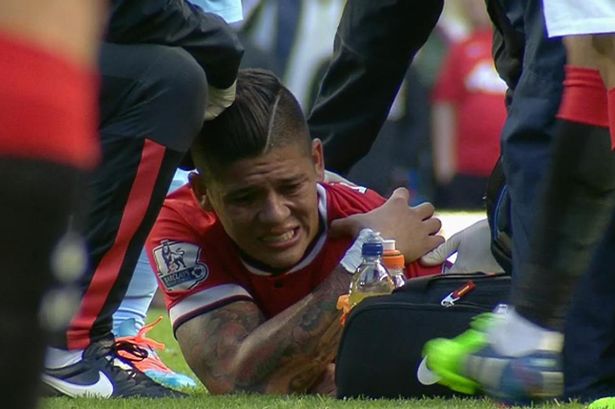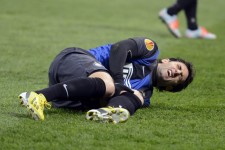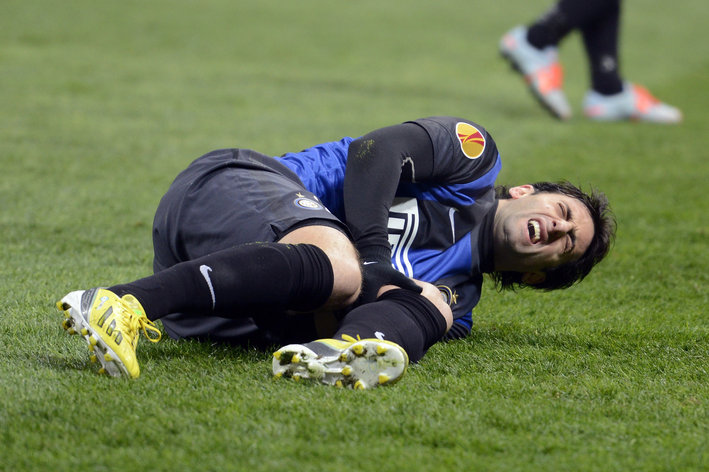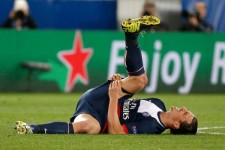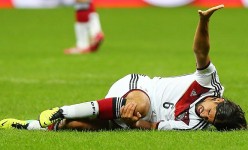
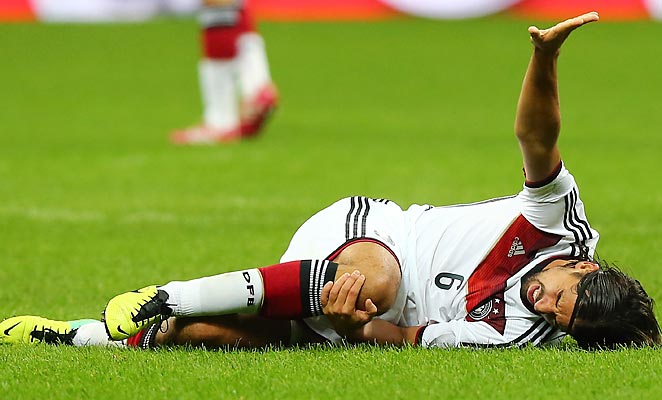
The Sound of One Knee Popping
The anterior cruciate ligament (ACL) connects the femur to the tibia at the center of the knee. It is responsible for limiting rotation and forward motion of the tibia. An estimated 80,000-100,000 ACL tears occur annually in the general population. They are most common in:
- Skiing
- Football
- Soccer
- Gymnastics
- Hockey
- Basketball
- Rugby
- Wrestling
- Lacrosse
- Volleyball
For the most part, torn ACLs are considered “non contact” injuries. They usually occur during:
- Planting and Cutting Moves
- Straight Leg Landing from Jumps
- Pivoting with Hyperextension
Upon injuring their ACL, the athlete will usually hear a loud popping noise. Seeking immediate medical care is crucial!
ACL deficient knees or reconstructed ACLs have 105 times greater chance of developing osteoarthritis. Even with the best Health Insurance plan, the surgery is costly. While the post operative prognosis is usually positive, you are probably looking at a six month recovery period, with the first month being characterized by a good deal of physical pain and depression. Given the financial, physical and emotional stress that ACL injury can put on an athlete, prevention is crucial. How rigorous should your prevention plan be? That depends upon your susceptibility.
Are You Susceptible?
Some people can participate in a sport for years, and never damage their ACL. Others have had three or four ACL reconstructions. What determines susceptibility?
- You are female. This is not a sexist statement. Statistics don’t lie. If you are female, you are probably asking “Why Me?” The following factors contribute to a woman’s susceptibility to ACL injury:
- “Q” Angle: The Q angle refers to the quadriceps angle, or the angle between the hip and the knee. Since it is steeper in women, they are more prone to having the kneecap slide, thereby causing injury.
- Less Androgen: Having less androgen means that women are often less prone to developing large muscles. Muscle fiber helps protect the joints and connective tissue. Female athletes are subject to the same torque forces in their knee as men. If the muscle is not strong enough to protect the joint, the kneecap will be even more prone to sliding.
- Jump Landing Tactics: Women do not bend their knees as much as men when landing from a jump. This increases knee joint pressure.
- Pivoting Tactics: Women turn and pivot in a more erect position. Bending at the knee and hip reduces ACL stress.
- Quadricep/Hamstring Imbalance: Women use their quads more then their hamstrings when landing and changing direction. As the quadriceps contract, the hamstrings will stretch and relax. A stretched muscle produces less force. If the knee is not sufficiently flexed, there will be increased force on the shinbone. This can cause an ACL tear. It’s extremely important to realize that anyone, male or female, whose quadriceps are significantly stronger than their hamstrings, may be highly susceptible to ACL injury!
- Narrow Intercondylar Notch: This is a controversial theory, but worth examining. The intercondylar notch is at the end of the thigh. . This is where the anterior and posterior cruciate ligaments form an x. It has been speculated that since women have a narrow notch, it predisposes them to ACL injury.
- Estrogen and Joint Laxity: The female hormones often give women natural joint and muscular flexibility. Unfortunately, this often leads to hyper mobility. The current trend towards extreme yoga practices that encourage contortion, as opposed to functional, dynamic flexibility may be one of the key reasons that women are suffering more ACL injuries. Keep in mind, there has been no study whatsoever that has successfully concluded that pre-sport stretching prevents injury, but many studies have demonstrated that excessive pre-activity stretching can actually cause injury. In 1988, a Swedish study of 108 female soccer players demonstrated that the players were more susceptible to injury during the premenstrual and menstrual stages of their cycles. It’s interesting to note that injuries were reduced when oral contraceptives were administrated.
- Foot factors: A common phrase used in sports medicine is “Don’t just look at the site of the crash.” In the case of an ACL tear, the muscles around the knee are not the only ones to be considered. One must also look at the feet. The three most common foot factors related to ACL injury are
- Pronation
- Limited Dorsi flexion (ability to curl toes towards shin)
- Flat footed
Landing flat footed form a jump can cause ACL injury. The proper landing progression is toe, ball, heel, squat.
- Lack of Neuromuscular Coordination: Even recreational athletes with minimal muscular imbalances may be susceptible to ACL tears due to faulty muscular firing patterns. The hamstrings may be strong, but if they don’t fire at the exact right moment, they will not protect the ACL. Sport conditioning experts often use the phrase, “Train the Chain.” This refers to the kinetic chain, which describes the sequence of muscular contractions in any movement pattern. Cutting edge sport fitness professionals seek out training patterns that mimic the kinetic chain sequences of specific sports.
- Insufficient Balance and Stability: Prior to any foot strike, your deep core muscles must to stabilize the sacroiliac (SI) joint. If this does not happen, the SI joint is destabilized, causing a misalignment of the femurs connection to the pelvis, which in turn misaligns the knee.
- Lack of Proprioception: Proprioception refers to the awareness of your body’s position in space. Poor proprioception will make you unaware of the terrain below your feet. This lack of awareness can cause you to misjudge your movement patterns, thereby setting you up for injury.
- Tight Hip Flexors: Tight hip flexors are usually accompanied by a weak gluteus. If your gluteus is weak, your quadriceps need to work harder, which in turn causes a hamstring/quadriceps imbalance, which sets you up for injury.
- Tight Illiotibial Band: The IT band runs down the side of your leg. If it’s tight, it inhibits the workings of the vatsus medialis, which is the muscle above the knee responsible for correct knee tracking. Incorrect knee tracking can cause injury.
- Weak Eccentric Strength: Since ACL injuries happen in the eccentric or lengthening phase of muscular contraction, lack of eccentric strength can cause injury.
- Poor Technique and Malfunctioning Equipment: Even if none of the above factors are present, poor technique and malfunctioning equipment can lead to ACL injury. The Vermont Ski Safety Association has outlined the key technical faults that set a skier up for injury:
- Attempting to get up while still moving after a fall.
- Attempting a recovery from an off-balance position.
- Attempting to sit down after losing control.
- Uphill arm back.
- Skier off-balance to the rear.
- Hips below the knees.
- Uphill ski unweighted.
- Weight on the inside edge of downhill ski tail. Upper body generally facing downhill ski.
Each sport has specific guidelines for safety. Educate yourself.
Prevention Plan
If you are a serious recreational athlete, your first step is to find a certified fitness professional that specializes in sport conditioning, and postural alignment analysis. Pilates instructors as well as instructors certified by The National Academy of Sports Medicine are usually your best bet. These professionals will create programs based on your specific misalignments and muscular imbalances. Make sure that your trainer pays particular attention to your pelvic, knee and foot alignment, since these areas have the greatest influence on the ACL. Should you choose to create your own program, there are a number of things to consider.
Train Barefoot: At least sometimes. It’s no surprise that dancers and martial artists, who train barefoot, have the lowest incidence of ACL tears. Skiers, whose boots restrict proprioception, have the highest. Since martial arts forms such as judo teach its participants how to fall, such classes can be effective for cross training.
Integrate Strength Training With Balance: I covered this topic extensively in The Functionally Fit Athlete. Devices such as the stability ball, wobble board, dyna disc, bosu etc. are used by top athletic teams. You should use them too.
Work Your Hamstrings: My favorite hamstring exercise is the Stability Ball Hamstring Bridge. It works your hamstrings along with your core muscles, back muscles and gluteals. It also enhances eccentric quadricep strength, which is crucial for injury prevention.
- Lay on your back with your knees bent and your feet on the ball.
- Engage your core muscles, as you lift each vertebra from the floor.
- From the bridge position, straighten your legs.
- Stay in the bridge as you bend your knees.
- Keep your knees bent as you return to the mat, vertebra by vertebra.
Avoid the Leg Extension Machine: This machine can apply shearing forces to the knee, making it more susceptible to ACL injury.
Practice “Closed Chain” Exercise: Closed Chain exercises keep your foot in a closed position, i.e., in contact with the floor. This incorporates the use of more muscle groups, while lessening the shearing forces on the knee present in open chain exercises such as the leg extension. Examples of closed chain exercises are the squat and the leg press.
Practice Plyometrics: Plyometrics teach participants proper jump landing mechanisms. Since this involves landing with knees flexed, plyometrics are an excellent way to achieve sufficient hamstring strength.
While many people refer to sport conditioning as “off season training,” this is a big mistake. Conditioning should be a year-round event. Unfortunately, even the best conditioning program will not protect you from ACL injury if your athletic technique is insufficient, and/or your equipment is not working properly. You can be an excellent athlete, but if you are practicing your sport at the end of the day, when most sport injuries occur, you may still be injured. Checking your equipment is also crucial. If you ski, a binding that fails to release can turn a benign fall into a serious injury.
In the event that you do tear your ACL, most people opt for surgery. If this happens, your surgeon will tell you to start physical therapy within two days post-op. Heed this advice! Failure to do so will result in a loss of range of motion.
Always get your physicians approval prior to starting any new exercise program.
Play safe!
Written by Lisa Marie Mercer
Like O-Posts on Facebook
You can also follow O-Posts on Twitter @OPosts

